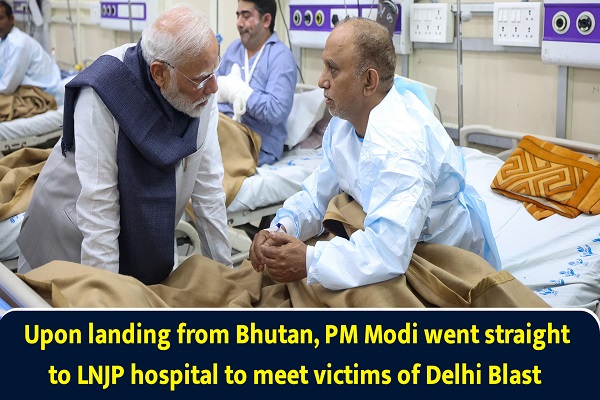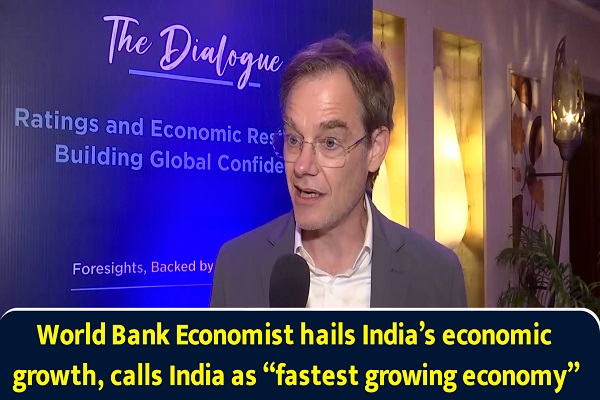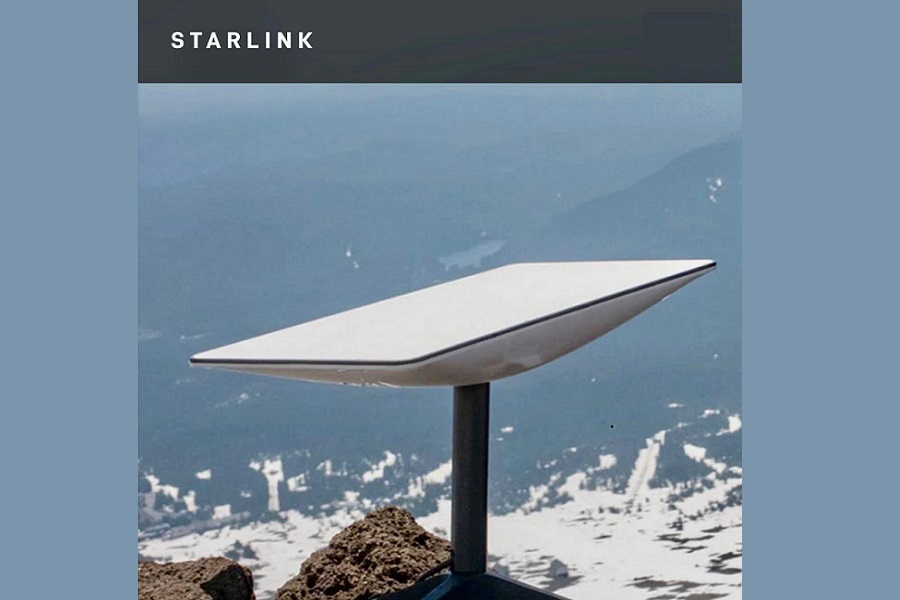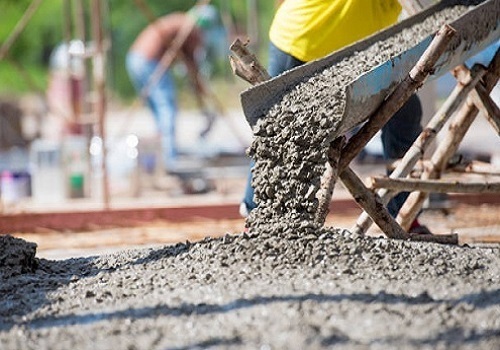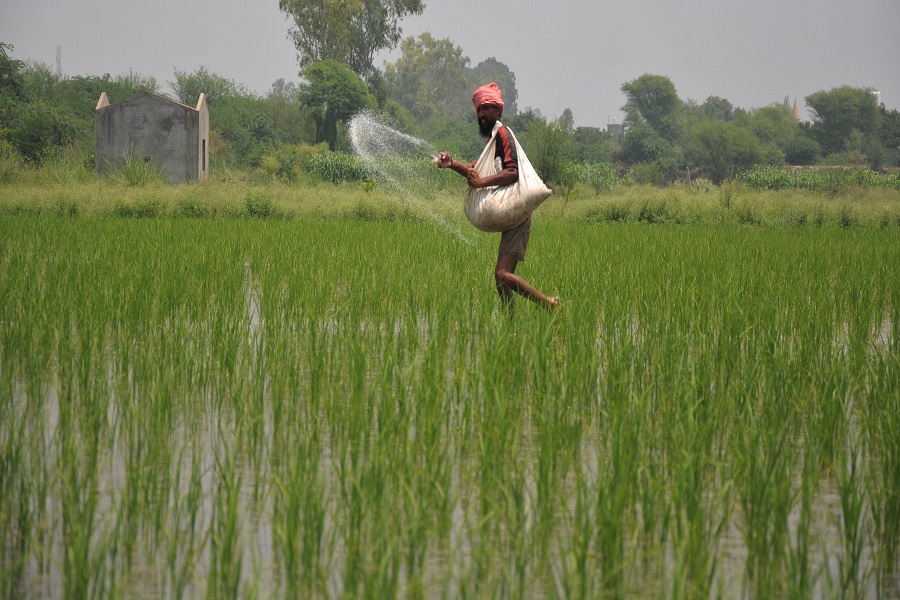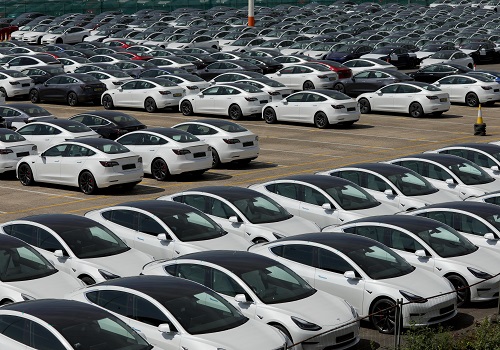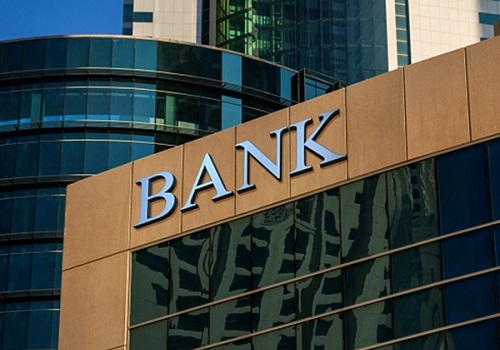Sector Update : Diversified Financials by Kotak Institutional Equities

Affordable HFCs: Getting a fillip
The much-awaited PMAY scheme was announced over the weekend. Launched with some tweaking, the CLSS scheme can help sustain high growth in the sector. Most affordable HFCs continue to deliver high growth and stable asset quality performance, albeit with some margin pressure. On a separate note, the large stake sale by Aavas’s promoters reduces the overhang of PE shareholding and augurs well for the entire sector. Retain a positive stance on affordable HFCs.
Cabinet approves the PMAY scheme
During the weekend, the Cabinet approved the PMAY-U 2.0 scheme. The government expects to provide assistance of Rs2.3 tn to 10 mn households through various parts of the scheme. About 8.55 mn houses have been constructed and delivered to the beneficiaries under PMAY-U (the previous version of the scheme). The 2.0 version has various components (1) ‘benefitled construction’ assistance to EWS families (annual income below Rs0.3 mn) to construct houses on their own available vacant land; (2) ‘affordable housing in partnerships’ to provide financial assistance to EWS families for owning housing built under partnerships between the Government and private agencies; (3) ‘affordable rental housing’ for creating adequate rental housing for working women/industrial workers/urban migrants/homeless and others; and (4) ISS.
The government has relaunched the interest subsidy scheme (ISS, formerly CLSS). The vertical will provide benefits of subsidy on home loans for EWS (income up to Rs0.3 mn)/LIG (income of Rs0.3-0.6 mn) and MIG (income of Rs0.6-0.9 mn) families. Beneficiaries taking loans up to Rs2.5 mn and houses of Rs3.5 mn will be eligible for a 4% interest subsidy on the first Rs0.8 mn, up to a 12-year tenure; the maximum cap is Rs0.18 mn. This will be paid in five yearly installments. The benefits under the previous scheme were about Rs0.2- 0.25 mn and paid once the home loan proposal was approved by the authorities; this may be 1-2 years after the loan is disbursed.
The staggered repayment reduces the annual liability of the borrower, indirectly improving cashflows for the borrower. The press release is silent on the quantum of budgetary allocation for ISS; Exhibit 1 shows CLSS subsidy released over the years aggregated to Rs398 bn.
One-shot repayment of CLSS subsidy led to a reduction in home loan principal upon approval of the home loan proposal. Exhibit 2 shows that the repayment rate of HFCs was elevated (for select HFCs) and declined in FY2024 after the scheme was discontinued. Reimbursements under the new scheme will be more gradual.
HFCs fared well in 1QFY25: Growth on track, trends in NIM monitorable
Exhibit 1 shows the trend in quarterly performance of affordable HFCs. Disbursement growth (5-30% yoy in 1QFY25) for tempered by RBI regulations on RTGS norms for loan disbursements; loan growth was strong at 3-8% qoq, leading to 22-36% yoy loan growth. Asset quality performance is holding on well with some yoy rise (max of 10-13 bps yoy for select players); we don’t expect any major deterioration even as we watch the trends. NIM (down 50-100 bps yoy excluding India Shelter) compression led to lower NII growth (versus loan growth). Apart from increase in cost of funds, yield compression (down up to 10 bps qoq and 50-60 bps yoy), reflecting downward rate renegotiation, is visible. Select players (Aavas and now Home First) are raising benchmark lending rates acknowledging cyclically low margins. While most rate transmission is already reflected, diversification of borrowings may lead to higher liability costs; NHB funding, under low cost (fixed spread) scheme may be lower this year for select players.
Above views are of the author and not of the website kindly read disclaimer
